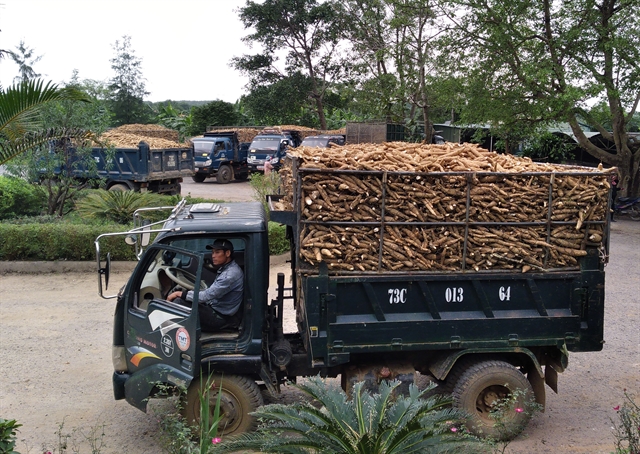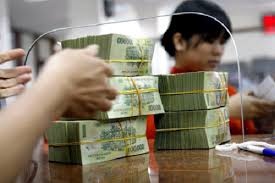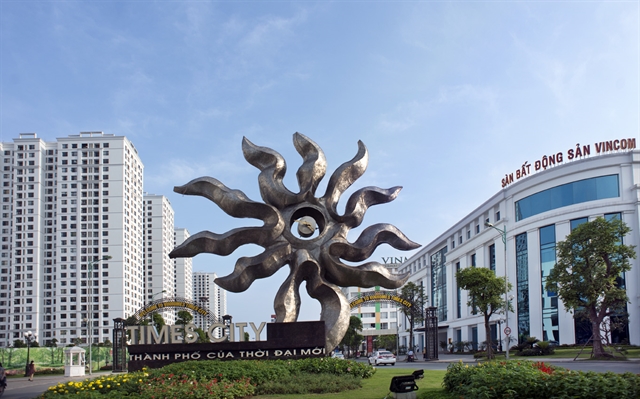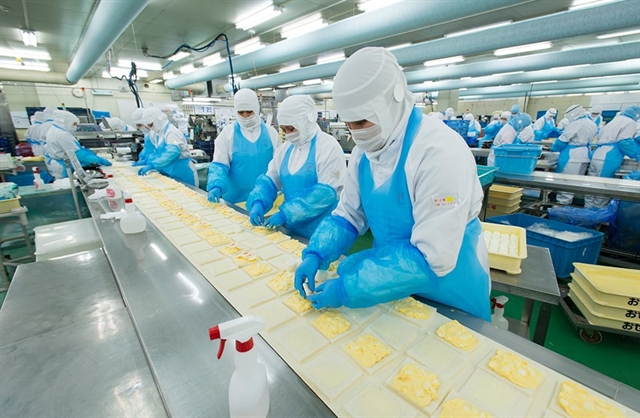 Economy
Economy

Interest rates were stable in the first month of 2017 and will remain steady for the entire year, the State Bank of Việt Nam (SBV) said on Thursday.
 |
| Some commercial banks inched up deposit interest rates by 0.1 per cent to 0.3 per cent per year in January. However, the central bank said the rise was only in some small-sized banks and did not reflect the common trend of the entire banking system. - Photo doisongphapluat.com |
HÀ NỘI – Interest rates were stable in the first month of 2017 and will remain steady for the entire year, the State Bank of Việt Nam (SBV) said on Thursday.
A report to announce the operation of the banking system in January 2017 and its orientation for the entire year stated that some commercial banks inched up deposit interest rates by 0.1 per cent to 0.3 per cent per year. However, it said, the rise was only in some small-sized banks and did not reflect the common trend of the entire banking system.
Besides increasing the interest rates right after the Lunar New Year holiday to accelerate deposits, some commercial banks also offered promotional programmes to attract depositors.
At the Việt Nam Construction Bank (VNCB) for example, besides an interest rate of 8 per cent per annum for the first nine working days after the Lunar New Year for new customers or customers renewing deposits from VNĐ100 million (US$4,400) for six-month terms or more, customers depositing money from VNĐ10 million onwards also had the opportunity to receive thousands of gifts.
The Sài Gòn Thương Tín Commercial Joint Stock Bank (Sacombank) also applied a programme to customers depositing money on terms from two months onwards at the bank’s transaction points with a total gift value of nearly VNĐ1 billion in cash.
According to the central bank, the liquidity of the banking system in the past weeks was secure, helping the monetary market and interest rates to stabilise, thanks to the flexible management policies, especially through the open market operation.
Currently, deposit interest rates average at 0.8 per cent to 1 per cent per year for below one-month terms, 4.5 per cent to 5.4 per cent per year for one-month term to six-month terms, 5.4 per cent to 6.5 per cent per year for six-month terms to 12-month terms and 6.4 per cent to 7.2 per cent per year for terms exceeding 12 months.
Lending interest rates average 6 per cent to 7 per cent per year for prioritised industries of agriculture, exports, spare parts industries, small- and medium-sized enterprises, and hi-tech firms. Some reliable borrowers with healthy financial status can even receive a lower rate of 4 per cent to 5 per cent per year.
Common lending rates for other sectors are 6.8 per cent to 9 per cent per year for short-term loans and 9.3 per cent to 11 per cent for medium- and long-term loans.
General director of Asia Commercial Bank Đỗ Minh Toàn said that since banks could hardly increase lending rates, the deposit rates were unlikely to rise much.
Though the central bank has not released the credit growth in January yet, it revealed that it would control lending scales to meet the 16 per cent to 18 per cent credit growth target this year, besides taking measures to control it to ensure that lending is safe and effective.
“Lending next year will continuously focus on production, business and the Government’s five prioritised sectors of agriculture, exports, spare parts industries, small- and medium-sized enterprises, and hi-tech firms, while limiting the capital to risky industries such as real estate, BOT and BT projects,” the SBV stated.
As for bad debts, the central bank said handling of bad debt would be accompanied by preventive measures in order to minimise new bad debts and keep the bad debt ratio under 3 per cent in 2017.
SBV announced that it was finalising a project on restructuring credit organisations and handling bad debt between 2016 and 2020, which would be submitted to the Politburo.
After the project receives approval, the SBV would develop plans to implement measures set out in the project.
In 2017, the asset management company (VAMC) would also play a greater role in handling bad debts to maintain the rate of bad debt at the safe level of below 3 per cent of the total outstanding loans, the SBV said. - VNS









